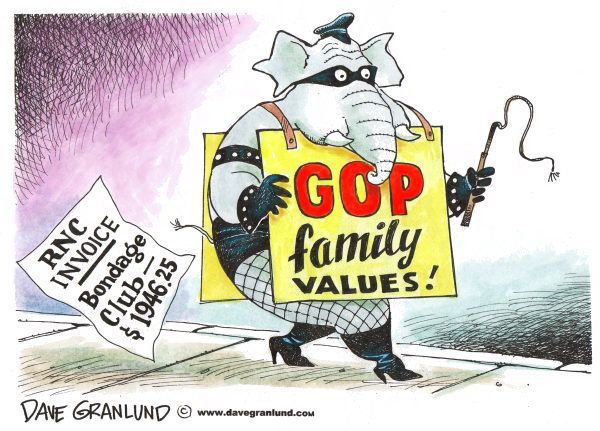By Stacy Sanders, the Director of the Elder Economic Security Initiative, WOW
This week, with health care reform passed, the New York Times speculated that Social Security, “the other big entitlement program,” would be the next big program to “tackle,” specifically within the context of reducing the nation’s debt. Reports followed that suggest the program is in crisis, despite the fact that predictions show Social Security can pay benefits in full until 2037.
With thirty years to attend to the program’s ability to pay benefits, there’s little evidence to suggest that Social Security is in trouble. On the contrary, there is real data that shows its beneficiaries, particularly older women, are in crisis. Though never intended to be the only source of income in retirement, many find themselves solely reliant upon Social Security as they age. In fact, Social Security provides more than 90 percent of income to three out of ten retired elders. And, due to time spent out of the workforce for caregiving and lower lifetime wages, women are even more dependent on Social Security.
Last year, the average annual Social Security payment was only $11,316 for an older woman. According to the Elder Economic Security Standard™ Index (Elder Index), a new measure of what it costs to age in place, a single elder who rents needs $20,248 to make ends meet, almost twice the average annual Social Security payment for women. Developed by Wider Opportunities for Women (WOW) and the Gerontology Institute at the University of Massachusetts Boston, the Elder Index is a bare-bones measure of basic needs in retirement.
The data shows that, for older women, Social Security provides a life line. It offers a secure, reliable and necessary income base in retirement. But, those who rely only on Social Security must make difficult sacrifices – such as choosing between groceries and essential medications or going without heat.
As Congress and the Administration take up the nation’s deficit, they ought to consider the real, day-to-day crisis of our nation’s older women. Doing so means making responsible choices to safeguard and strengthen Social Security benefits while addressing its long-term stability.
Cross posted from the National Elder Economic Security Initiative



